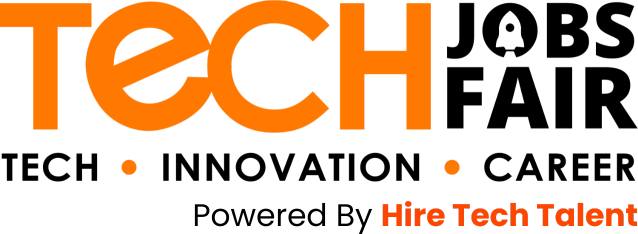- « Previous blog
-
March 23, 2020
-
5497
- Next blog »
LinkedIn is a powerful platform for professionals to connect, network, and progress in their careers. LinkedIn has over 740 million users globally, so having a strong profile might help you stand out and draw in prospective employers or clients. However, because so many people are on the platform, ensuring your profile stands out is crucial. This article will review the top ten strategies to improve your LinkedIn profile, from highlighting your talents and accomplishments to optimising your title. Using these tips, you can construct a profile representing your experience and knowledge and aid in achieving your professional objectives. So read on to find out how to get the most out of this useful platform, whether you’re just starting LinkedIn or looking to update your current profile.
Ten ways to improve your LinkedIn profile
-
Use a professional profile photo
Use a professional-looking headshot that represents your own brand.
-
Create a catchy headline
Your headline should succinctly and clearly describe who you are and what you do.
-
Create a unique URL for LinkedIn:
Make a unique LinkedIn URL that is simple to share and remember.
-
Make a short statement
Showcase your professional accomplishments, experience, and aspirations in this section.
-
Improve your LinkedIn profile by adding your professional experience:
Showcase your greatest successes while quantifying your outcomes.
-
Including multimedia content
Add multimedia elements to your profile, such as presentations, photographs, and videos.
-
Create a network
Connect with coworkers, business leaders, and future customers to increase your reach.
-
Ask for suggestions
In order to demonstrate your abilities and credibility, ask for references from clients and coworkers.
-
Send forth pertinent material
To position oneself as a thought leader, share unique content, industry news, and thoughts.
-
Communicate with others
To foster connections and maintain top-of-mind status, comment on and like other people’s postings in your network.
Why is your LinkedIn profile not attracting recruiters?
Incomplete profile
Recruiters may lose interest in a profile if it is incomplete or missing important details. Ensure your profile is complete and includes all necessary information about your training, professional experience, abilities, and accomplishments.
Absence of keywords
Recruiters frequently conduct applicant searches using specific keywords. Your profile might not appear in their search results if it lacks these keywords. In your profile, be sure to use pertinent keywords pertaining to your field, qualifications, and experience.
Your profile may convey the impression that you are not serious about your career if it contains outdated or irrelevant information. Keep your profile fresh and pertinent to your current professional aspirations.
Lack of involvement
If you do not interact with others on LinkedIn or do not provide regular updates, your profile may appear dormant. Recruiters may be more interested in active LinkedIn users who interact with people in their sector.
Ineffective communication
Your LinkedIn messaging and communication abilities could be insufficient. Make sure your messages are brief, precise, and professional.
Ineffective networking
LinkedIn is heavily focused on networking. You may pass up opportunities without actively networking or connecting with people in your business. Connect with and engage with professionals in your industry regularly.
By fixing these flaws and updating, you can improve your LinkedIn profile and activities, you may be able to attract more recruiters and opportunities.
How do you improve your LinkedIn profile to attract recruiters?
Make use of a professional photograph
Your LinkedIn profile photo should be professional and relevant to your field. Instead of choosing casual or party photos, use a crisp, high-quality headshot.
Make a captivating headline
When recruiters visit your profile, one of the first things they notice is your headline. Ensure that it appropriately reflects your skills and experience and is eye-catching.
Make use of keywords
Keywords are useful for recruiters looking for applicants with specific talents or expertise. Include relevant keywords in your profile, including your headline, summary, and work experience.
Create an effective summary
Your summary should outline your career while emphasising your major talents and achievements. It’s also an excellent opportunity to highlight your unique value proposition as a candidate.
Highlight your accomplishments
Focus on your accomplishments rather than your job duties in your work experience section. Specific successes and how they led to the success of your prior companies should be highlighted.
Obtain approvals and recommendations
Endorsements and recommendations from coworkers, bosses, and other professionals in your field can assist in legitimising your talents and expertise. Don’t be afraid to request them!
Conclusion
Finally, optimising your LinkedIn profile is important for attracting recruiters, expanding your professional network, and finding new job chances. Completing your profile, using a professional photo, creating a compelling headline, using keywords, writing a strong summary, highlighting your achievements, getting endorsements and recommendations, engaging with others, showcasing your skills, and keeping your profile up to date are the top ten ways to improve your LinkedIn profile. By applying these tactics, you can improve your LinkedIn profile and enhance your visibility. Remember that LinkedIn is a valuable professional tool that, with a little effort, you can use to develop your career.
Join 20,000+ Subscribers
Get exclusive access to new tips, articles, guides, updates, and more.


